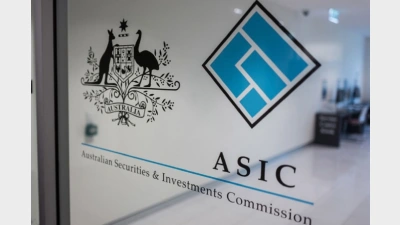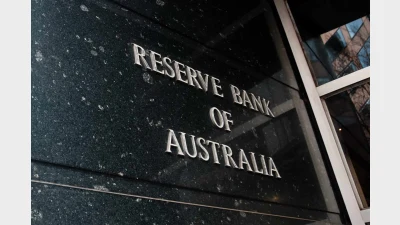Australian superannuation funds favour growth



Australian superannuation funds allocate more to growth assets than any other country in the Melbourne Mercer Global Pension Index.
The index, which covers 50 per cent of the world's population, showed the Australian super system had made little headway since 2011, with the index value increasing from 75.0 in 2011 to 75.7 in 2012.
Despite this, the country ranked third out of 18 countries in the index.
The slight improvement was driven by an increase in the level of pension fund assets and a rise in the labour force participation rate among those aged 55-64, the report said.
Mercer senior partner and author of the report, Dr David Knox, said countries' penchant for growth assets varied from zero, to over 70 per cent in Australia. He said there was no single asset allocation solution - but a diverse spread would provide better outcomes.
Knox said the move to increase compulsory superannuation contributions from 9 to 12 per cent would stand Australia in good stead to take out the top spot, but further reforms were necessary.
He said a requirement to withdraw part of a member's retirement savings as an income stream, and boosting the labour force participation rate among older workers, were factors that could improve the Australian system.
Similar to suggestions made by The Actuaries Institute, Knox advocated a mechanism to increase the pension age as life expectancy increased, and gradually raising the preservation age.
Denmark took out the top spot in the index and was the first country to receive an 'A' rating and index value of 82.9.
Recommended for you
Australia’s superannuation funds are becoming a defining force in shaping the nation’s capital markets, with the corporate watchdog warning that trustees now hold systemic importance on par with banks.
Payday super has passed Parliament, marking a major shift to combat unpaid entitlements and strengthen retirement outcomes for millions of workers.
The central bank has announced the official cash rate decision for its November monetary policy meeting.
Australia’s maturing superannuation system delivers higher balances, fewer duplicate accounts and growing female asset share, but gaps and adequacy challenges remain.










